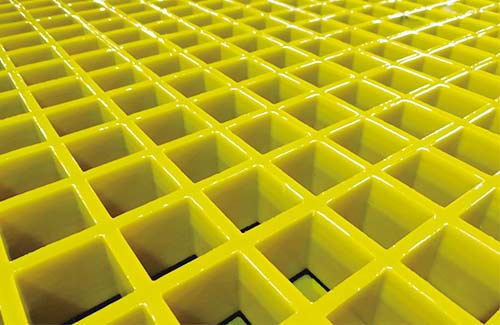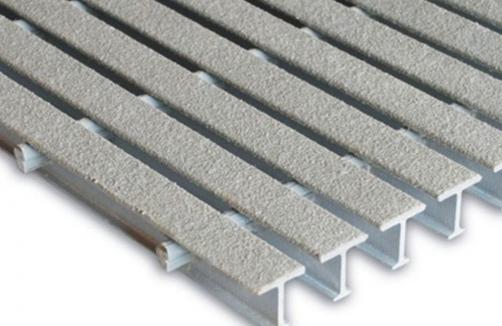Fiberglass Reinforced Plastic Grating: The Ultimate Guide for Industrial Applications
Fiberglass Reinforced Plastic (FRP) grating has become a popular choice for industrial applications due to its durability, corrosion resistance, and lightweight properties. But what exactly is FRP grating, and why should industries consider using it? This guide explores the benefits, applications, and frequently asked questions about FRP grating, providing valuable insights for businesses looking to enhance their infrastructure.
What Is Fiberglass Reinforced Plastic Grating?

FRP grating is a composite material made from fiberglass reinforced with plastic, typically polyester or vinyl ester resin. The fibers provide strength, while the plastic matrix offers flexibility and resistance to chemicals, making it ideal for harsh industrial environments. Unlike traditional steel gratings, FRP grating does not rust, corrode, or require painting, reducing maintenance costs and extending service life.
Key Benefits of FRP Grating
- Resistencia a la corrosión – FRP grating is unaffected by saltwater, acids, or alkaline substances, making it perfect for chemical plants, marine environments, and wastewater treatment facilities.
- Lightweight – Weighing only 25% of steel gratings, FRP grating is easier to handle and install, reducing labor costs and structural load on supports.
- High Strength-to-Weight Ratio – Despite its lightweight nature, FRP grating offers superior strength, comparable to steel in many applications.
- Non-Slip Surface – Most FRP gratings come with a textured surface to prevent slipping, ensuring safety in wet or industrial settings.
- Bajo mantenimiento – Unlike steel, FRP grating does not rust, corrode, or require frequent coatings, saving time and money in the long run.
Common Industrial Applications
FRP grating is versatile and can be used in various industrial settings. Here are some of the most common applications:
1. Chemical Plants
Chemical plants require materials that can withstand harsh substances. FRP grating’s corrosion resistance makes it ideal for platforms, walkways, and mezzanines in these environments.
2. Marine and Ports
Harsh saltwater environments can degrade traditional materials. FRP grating’s resistance to salt corrosion ensures longevity for docks, piers, and gangways.
3. Wastewater Treatment
FRP grating can handle exposure to sewage and chemicals, making it perfect for wastewater treatment plants. Its non-slip surface also enhances safety for workers.
4. Oil and Gas Industry
In oil refineries and gas processing plants, FRP grating withstands extreme temperatures and corrosive vapors, providing a reliable walking surface.
5. Electrical Substations
FRP grating is non-conductive, making it safe for use around electrical equipment. It’s commonly used for platforms and access walkways in substations.
Frequently Asked Questions (FAQs)
Q1: Is FRP Grating Stronger Than Steel?
While FRP grating is lighter than steel, it offers comparable strength in many applications. Its high strength-to-weight ratio makes it a practical alternative without sacrificing durability.
Q2: How Long Does FRP Grating Last?
With proper installation and minimal maintenance, FRP grating can last 30-50 years, outperforming traditional steel gratings in corrosive environments.
Q3: Can FRP Grating Be Customized?
Yes, FRP grating can be customized in size, thickness, and finish to meet specific industrial needs. Manufacturers can also incorporate non-slip patterns for enhanced safety.
Q4: Is FRP Grating Environmentally Friendly?
FRP grating is recyclable and does not contain heavy metals, making it an eco-friendly choice compared to steel, which requires energy-intensive production and disposal.
Why Choose FRP Grating for Your Industrial Needs?
Investing in FRP grating offers long-term cost savings, improved safety, and unmatched durability. Whether for chemical plants, marine facilities, or electrical substations, FRP grating provides a reliable solution for demanding industrial applications.
If you’re considering upgrading your infrastructure, FRP grating might be the perfect choice. Share this guide with your team or contact a FRP manufacturer to learn more about customization options and benefits.
By choosing FRP grating, industries can enhance safety, reduce maintenance, and ensure longevity in the most challenging environments.







